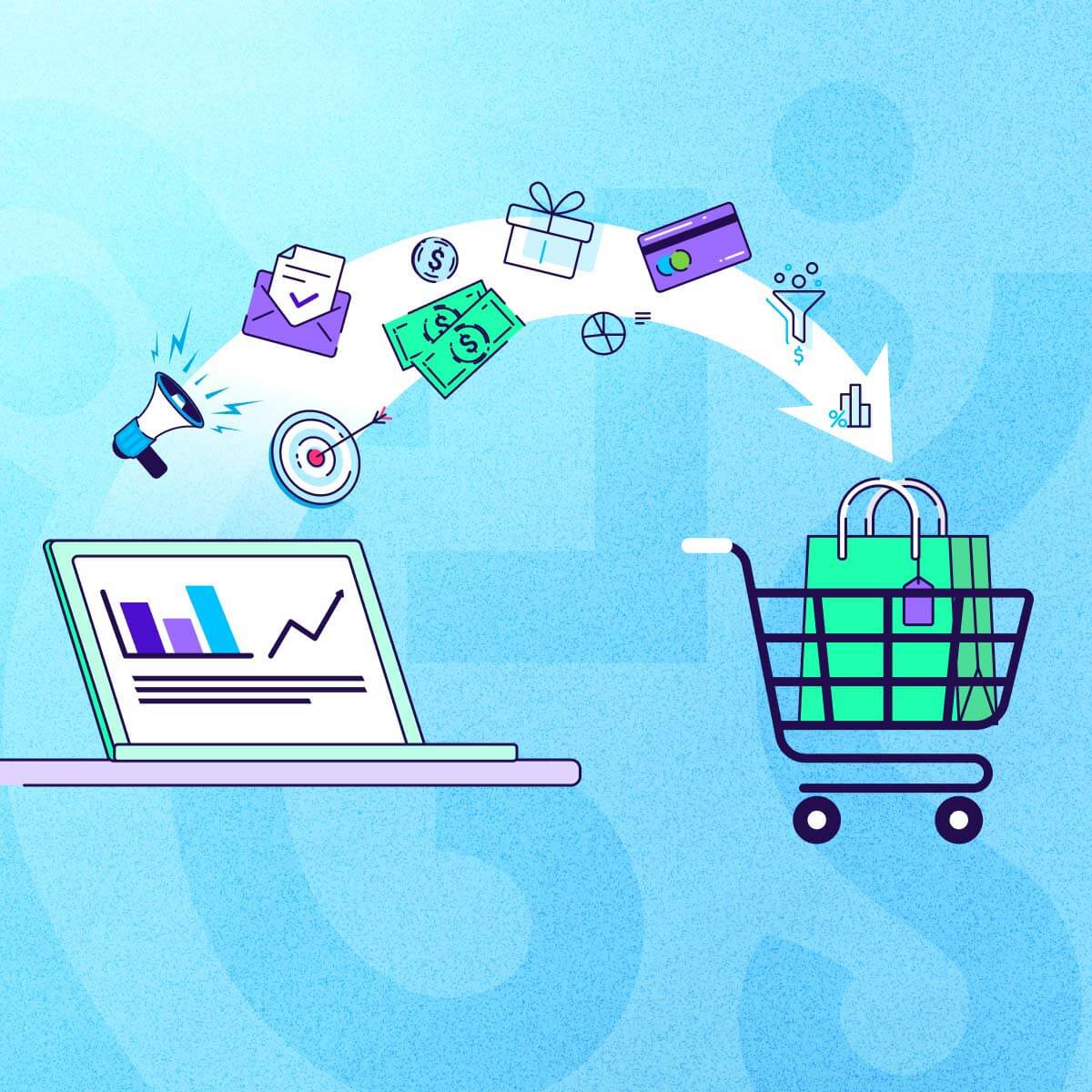
Remarketing in the privacy era: How to win with rich user segmentation, 1st party data, and AI
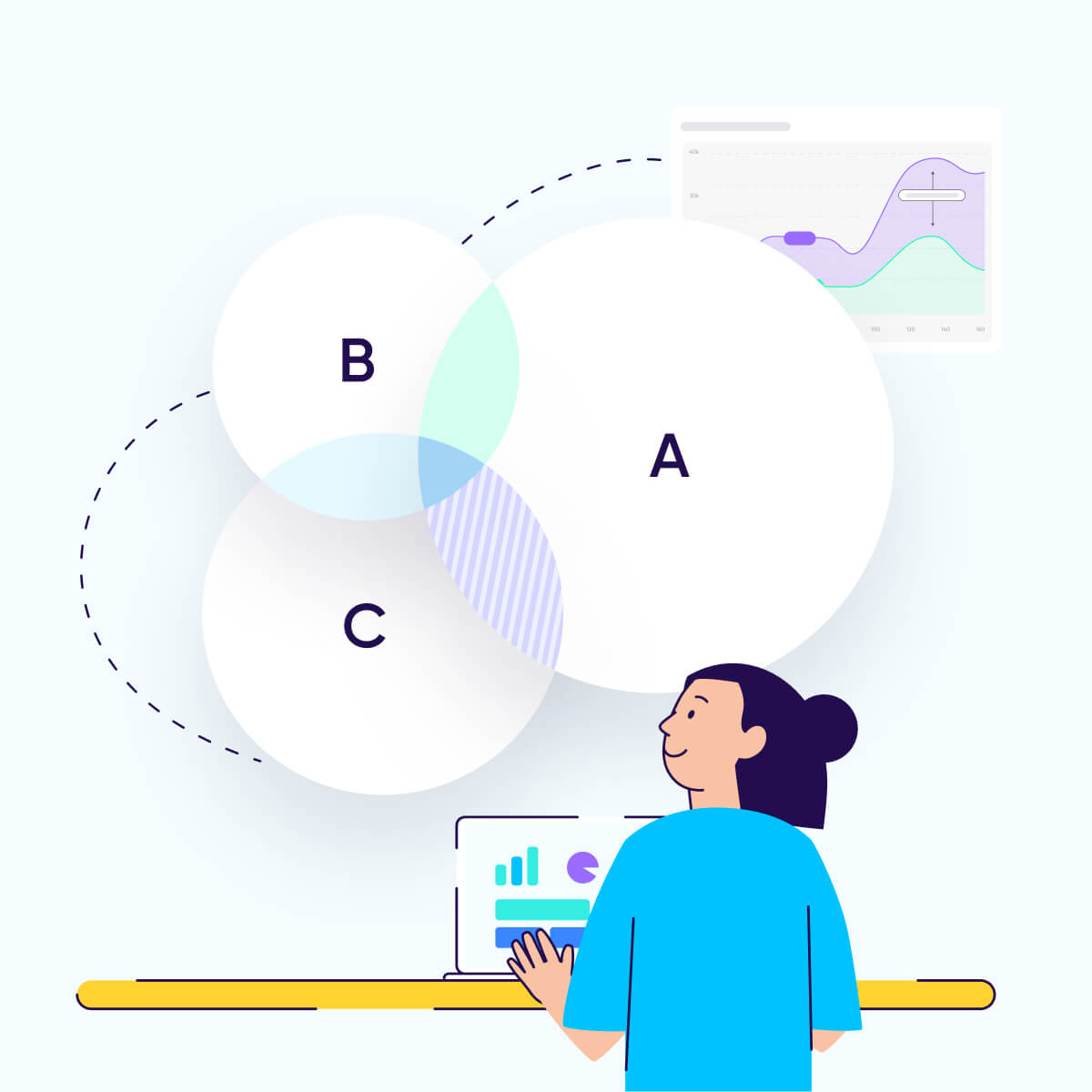
Is audience segmentation for remarketing still relevant in 2023 now that there are fewer identifiers available? The answer is yes, more than ever.
Recent changes in the mobile ecosystem have impacted marketers’ ability to efficiently engage with their entire user base. After the introduction of App Tracking Transparency (ATT), marketers lost access to a significant number of iOS users for remarketing, with average ATT consent rates reaching 46% (among users who have seen the prompt), and dual opt-in rates hitting 27% (which means 27% of iOS non-organic users have an IDFA).
On Android, user identifiers (GAID) are still available, but there are upcoming changes with Google’s Privacy Sandbox initiative ‘Protected Audiences API’ which should start deploying in 2024.
It’s important to stress that today’s landscape is not ID-less, but rather has fewer IDs. In this new context, we see marketers starting to build strategies to reach ‘unaddressable’ users (those without IDFAs) by leveraging their addressable user base. Winners will be those who make the most of their opt-in audiences, collect first-party data, and employ mixed strategies.
In this post we will explore why rich user segmentation is more critical than ever in 2023, and how marketers can already combine it with Artificial Intelligence (AI), first-party data, and holistic measurement to achieve better results.
Personalized remarketing remains crucial across owned and paid channels
After iOS 14 and in particular during the current economic downturn, marketers have shifted their attention from costly user acquisition to retaining and increasing the value of their existing user base.
To make it work, marketers must build a technology stack for Android and iOS that enables personalized and contextual messaging on both paid remarketing and owned media re-engagement channels.
1. The challenging economic environment turned the focus to remarketing existing users
For many years, marketers focused on user acquisition to acquire the highest quality user base at the lowest possible cost across ad networks.
But not anymore. The main reason? Shrinking marketing budgets and the need for higher efficiency across all industries in a downturn economy.
As Cost Per Install (CPI) kept increasing, remarketing became a logical alternative to increase the amount of active and valuable users of an app as it’s at least 5 times more cost-effective.
Remarketing enables money-conscious marketers to effectively run campaigns to fight churn, nurture retention, and fuel their users’ Lifetime Value (LTV). At its core is rich audience segmentation. On iOS, the paid remarketing opt-in rate is to be compared with the one of other re-engagement channels available to marketers (e.g. email, push notifications).
With fewer users consenting to share identifiers, marketers can only reach some mobile users on ad networks. However, this subset of users can be successfully retargeted in high-performing campaigns. The reason is simple: a larger audience does not mean better performance.
Ad networks will struggle to show ads to millions of users multiple times. While there is no perfect size that can drive remarketing campaign performance, it’s recommended to use a list with at least 10K-20K users.
Therefore, even though you have access to a limited number of IDFAs, the audience you can reach through paid media remarketing can be significant. For example, you are running performance marketing for an eCommerce app and are looking to engage users who put an item in their cart but did not purchase. The audience size is 200K users, and you have an ATT opt-in of 30%. You could retarget 60K users with strong purchase intent, which leads to additional sales.
Let’s compare paid remarketing with other channels: mobile push notifications opt-in rate on iOS is 55% on average, while email subscription opt-in is lower at only 2%-5%.
This shows that in iOS, the dual opt-in rate of paid media channels for remarketing (ATT) can be compared with the single opt-in of owned media channels. Apple has simply given users the ability to consent if they believe they will receive enough value in exchange, just as they do with push notifications or email.
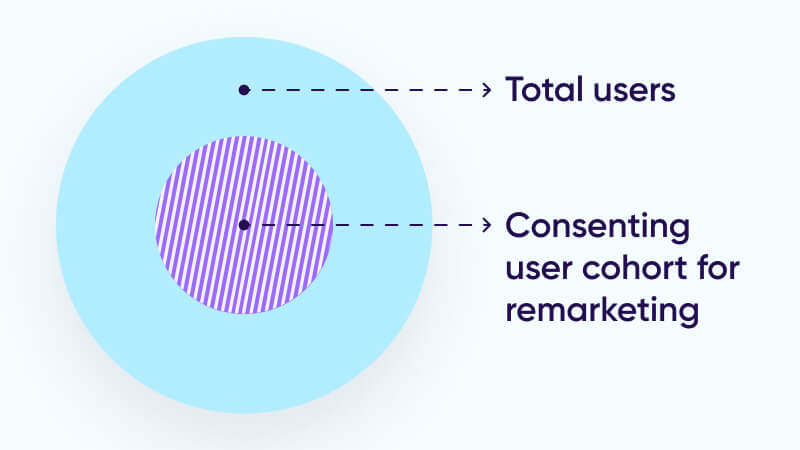
2. The importance of personalization remains unchanged
Studies have shown that nearly half (46%) of users, including 51% in the US, said that they were willing to share their data with brands they trust if it would lead to a better and more personalized user experience.
To win your users’ trust and drive successful remarketing campaigns, chuck the “send all” approach out of the window and invest in well-segmented, personalized, and contextual messaging and creatives. For example, in eCommerce, campaigns that can show ads such as “Get 10% off on the shirt you wanted and left in your basket” outperform “Get 10% off on all items this week”.
On owned channels such as push notifications, contextual campaigns have driven a 12.3% conversion rate vs. only 4.9% for generic ones. Paid channels have also driven better conversion rates for personalized campaigns. As generic campaigns have proven significantly less efficient, using rich segmentation to personalize messages in the right context remains key to the success of your marketing strategy.
The power combo: 1st party data and AI
When we say that success comes when the whole is greater than the sum of all parts, it also applies to remarketing. But what are these parts? Let’s break it down.
1. Combining 1st-party data with behavioral data in audience segmentation
First-party data is data collected by the company on a user. Any data you collect from people who visit your website, use your products, or visit your physical locations is first-party data. Zero-party data is data that a customer intentionally and proactively shares with a business. It can include preference center data or purchase intentions.
Investments in the collection and storage of zero- and first-party data have been on the rise in recent years. Now is the time to leverage this data into personalized remarketing and re-engagement campaigns.
But how? You’ll need to use the right tool that will allow you to:
- Ingest your first-party data
- Combine it with in-app events and other data points
- Segment an audience that uses these additional data points
- Build creatives and messaging that are both highly personalized and contextual
- Sync your audience and run your remarketing campaign across channels.
In order to protect user privacy, all data segmentation should be conducted within a secure environment where first party data is exclusively used and not shared with third parties.
As users are well-segmented using their first-party data and in-app behavior, they will receive personalized and contextual messaging and creatives, and will be more likely to convert! Mission accomplished.
2. Combining AI and audience segmentation
While you are able to map user-level data only on a portion of your users, AI can leverage this data you still have access to (i.e., the addressable or consenting cohort) to help you reach the rest of the users (i.e., the unaddressable or the non-consenting cohort).
There are already multiple applied use cases that leverage AI or advanced algorithmic capabilities in the context of partial availability of data or identifiers, such as:
- Audience expansion or optimized targeting. On some remarketing ad networks and SRNs, you can create an audience segment to retarget using the “audience expansion” feature. This will make the network optimize remarketing efforts for this audience, in addition to other users that the algorithms identify as likely to convert based on the campaign objectives you set on the platform.
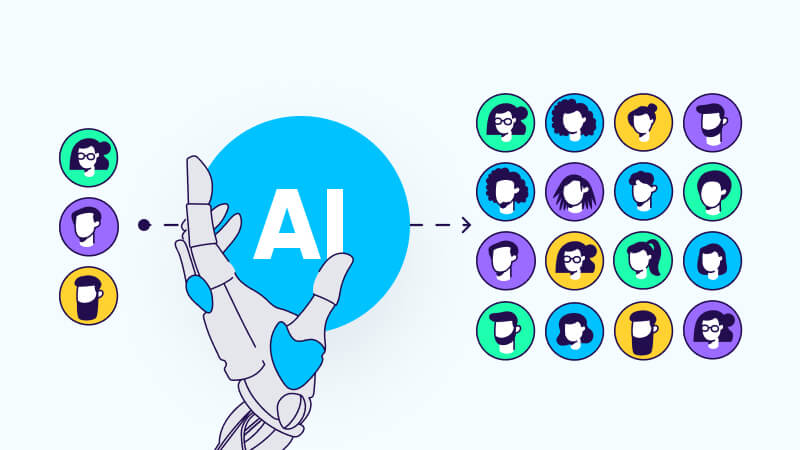
- For marketers still focusing on user acquisition, lookalikes are a great and widely leveraged use case of AI. Lookalike targeting campaigns allow marketers to acquire new users for their app who are very similar to their high-value users.
In this case, the lookalike features on the ad networks do not generally need a large amount of users to be accurate. This means that even with fewer IDs and a small audience, the feature still performs well.
- Predictive audience segments features can project user-level behavior thanks to first-party data, behavioral engagement, and data analysis, in addition to attribution data. Machine learning or other types of algorithms are able to “train” on a mixed dataset of users with and without IDs, allowing for more data points to provide increased accuracy of the predictive models.
Common examples for predictive audiences include “users likely to churn in the next 7 days”, “users likely to purchase in the next 14 days”, or the more generic, “users likely to trigger event E in the next D days.” These are then re-engaged to bring them back into the app or to convert.
Build a holistic cross-channel (owned & paid) remarketing strategy, with segmentation at the core
Now that user-level data is more difficult to obtain, an important thing to do is to make sure to holistically measure everything that is measurable: both owned and paid media engagements to have an accurate picture of the user journey.
Hence, you should aim to bring measurement and analytics back into one single platform, run highly personalized remarketing across all your channels, and measure the performance of these campaigns holistically using the attribution data your MMP provides.
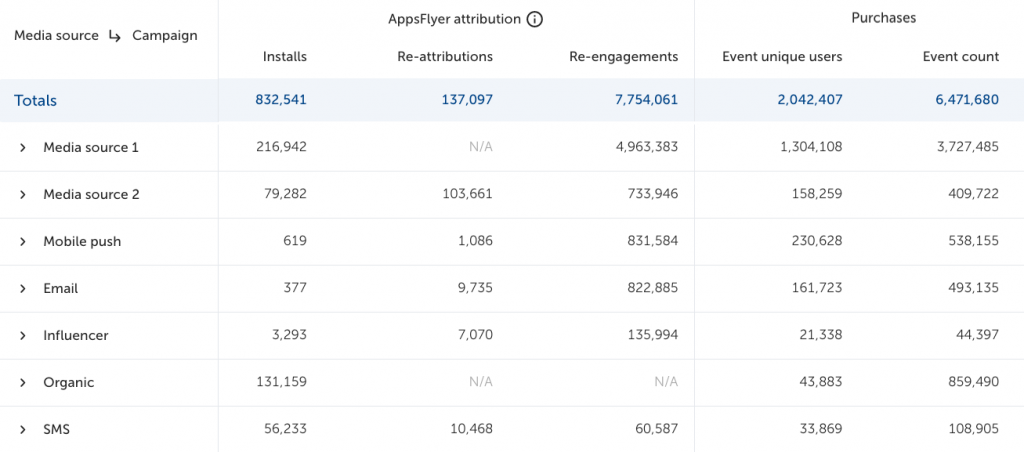
This can be achieved using rich segmentation tools that are able to equally leverage in-app behavior, first-party data, organic engagements, and attribution data to remarket users across both owned and paid channels.
You can then start building campaigns across channels and measure them in one place with use cases such as engaging with push notifications users who clicked on ad on Facebook but did not purchase, or excluding from paid retargeting campaigns users who already engaged in owned media by clicking on an email campaign.
The bottom line
To sum it up, marketers who are able to leverage the combination of segmentation, first-party and behavioral data, AI, holistic measurement, and engagement across owned and paid channels will find success in this brave new world that is privacy first!
While you think about how all this applies to your team or your company, keep an eye open for the next discussions on Google’s Privacy Sandbox future privacy-preserving solution. More specifically, we will discuss in more detail in our next posts its upcoming audience segmentation solution ‘Protected Audiences API’, which provides a novel approach allowing on-device retargeting.


